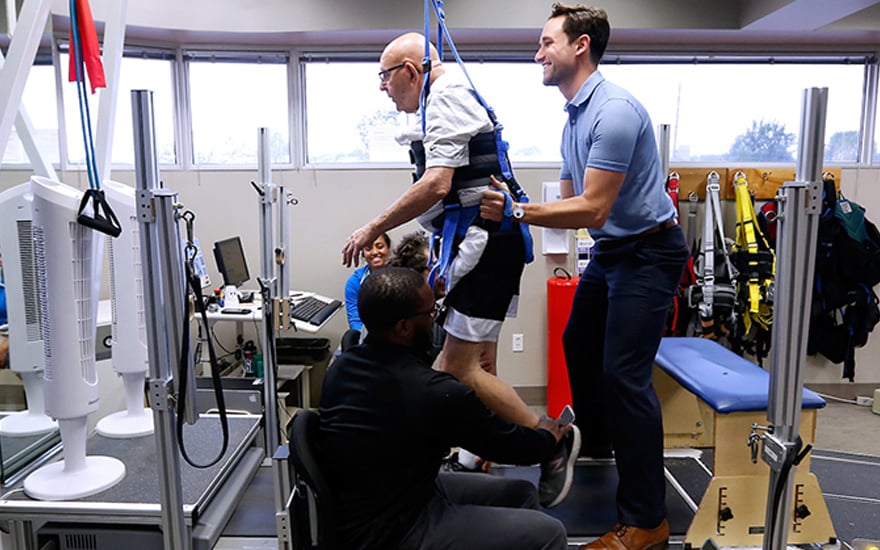Enabling Clients Through Understanding for Enhance Pain Control Strategies plus Enhance Outcomes
Enabling Clients Through Understanding for Enhance Pain Control Strategies plus Enhance Outcomes
Blog Article
Pain control is an important aspect of medical care that impacts many individuals. Understanding pain and how to manage it can significantly improve a person's standard of life. Patients often experience various types of pain, including acute pain from traumas or surgeries and chronic pain that persists for months or even years. By empowering patients with knowledge about their pain, healthcare providers can help them make educated decisions about their treatment options. This article examines how education and awareness can enhance pain management approaches and lead to better health outcomes.
One of the initial steps in efficient pain management is comprehending the nature of pain itself. Pain is a complicated experience that involves both physical and emotional components. It can be influenced by a person's mental state, past events, and even their environment. By educating patients about the various types of pain and their origins, healthcare providers can help them identify their pain patterns. This understanding allows patients to communicate more effectively with their doctors, leading to more personalized and efficient treatment plans.
In addition to understanding pain, patients should also be educated about the different pain management methods available. These methods can include medications, physical therapy, psychological support, and alternative therapies such as acupuncture or massage. Each method has its advantages and potential side effects. By providing patients with thorough information about these options, they can actively participate in their treatment decisions. This engagement not only enables patients but also fosters a sense of control over their health, which can be advantageous for their overall well-being.
Another vital aspect of pain management is the significance of setting achievable goals. Patients should be encouraged to talk about their pain levels and how it affects their daily lives with their healthcare providers. By setting achievable goals, such as lowering pain to a manageable level or improving mobility, patients can work with their medical team to monitor progress. This goal-oriented method helps patients stay motivated and active in their treatment, leading to better outcomes and a higher quality of life.
Finally, ongoing education and support are crucial for effective pain management. Patients should be encouraged to seek out support systems, such as support groups or educational workshops, where they can learn from others who have similar experiences. These supports can provide important insights and coping techniques that enhance pain management initiatives. Additionally, healthcare providers should maintain clear lines of communication with their patients, ensuring they feel at ease discussing any issues pain relief through breathing techniques or changes in their pain. By creating a supportive atmosphere, patients can feel empowered to take charge of their pain management journey, ultimately leading to better health results.